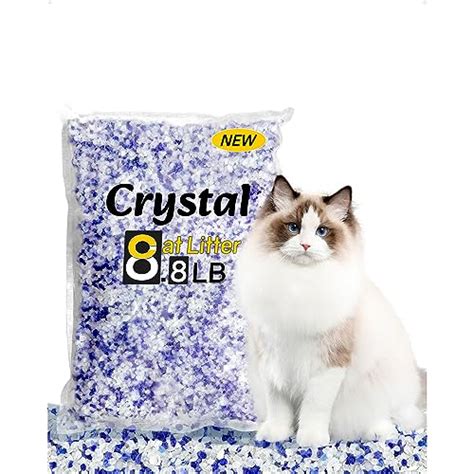Introduction:
Cat litter moisture absorption is a critical factor in maintaining a clean and comfortable litter box for your feline companion. Different types of litter vary in their ability to absorb moisture, impacting odor control, clumping performance, and overall litter box hygiene. Understanding the moisture absorption capabilities of various litter options can help you choose the best litter for your cat’s needs.

Types of Cat Litter and Moisture Absorption:
-
Clay Litter:
– High moisture absorption capacity (200-300%)
– Clumps well, forming solid clumps that trap moisture
– Affordable and widely available
– Can create dust, which may irritate some cats -
Pine Litter:
– Moderate moisture absorption capacity (150-200%)
– Naturally scented, releasing a fresh pine aroma
– Biodegradable and compostable
– May be less effective at odor control compared to other litters -
Crystal Litter:
– Extremely high moisture absorption capacity (400-500%)
– Turns liquid into gel-like crystals, preventing spills
– Lasts longer than other litters, reducing waste
– Can be expensive and may not be suitable for all cats -
Paper Litter:
– Moderate moisture absorption capacity (120-150%)
– Made from recycled paper, making it eco-friendly
– Flushable, eliminating the need for scooping
– May not clump as well as other litters
Moisture Absorption Comparison Chart:
| Litter Type | Moisture Absorption Capacity |
|---|---|
| Clay Litter | 200-300% |
| Pine Litter | 150-200% |
| Crystal Litter | 400-500% |
| Paper Litter | 120-150% |
Factors Influencing Moisture Absorption:
- Litter Material: Different materials have varying moisture-absorbing properties.
- Litter Size: Larger litter granules may absorb more moisture than smaller ones.
- Litter Particle Shape: Irregularly shaped particles can create pockets for moisture absorption.
- Additives: Some litters contain additives that enhance moisture absorption.
Importance of Moisture Absorption:
- Odor Control: High moisture absorption prevents urine from lingering on the litter surface, reducing odor.
- Clumping Performance: Moisture absorption is essential for clumping litter to form solid clumps, making it easier to scoop and remove waste.
- Hygiene: Absorbed moisture inhibits the growth of bacteria and mold, maintaining a cleaner litter box.
How to Enhance Moisture Absorption:
- Regularly Scoop: Frequent scooping removes saturated litter, ensuring maximum absorption capacity.
- Use a Litter Mat: Placing a litter mat under the box catches stray litter and waste, preventing moisture from spreading.
- Consider a Covered Litter Box: A covered box reduces moisture evaporation, keeping the litter drier.
- Add Baking Soda: Adding baking soda to the litter helps neutralize odors and absorb excess moisture.
Common Mistakes to Avoid:
- Using Too Little Litter: Insufficient litter may not absorb all urine, leading to odor and hygiene issues.
- Overfilling the Litter Box: A thick layer of litter can hinder moisture absorption, making the box less effective.
- Not Changing the Litter Frequently: Unclean litter releases unpleasant odors and can contribute to health problems in cats.
Conclusion:
Choosing the right cat litter for moisture absorption is essential for maintaining a clean and healthy litter box environment. Understanding the different types of litter, their absorption capabilities, and how to enhance moisture absorption can help you make an informed decision and provide your cat with a comfortable and odor-free litter experience.





















